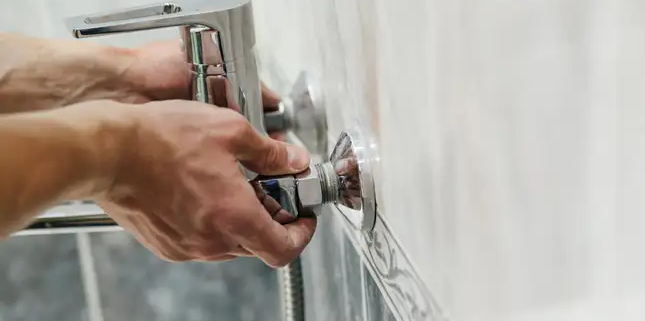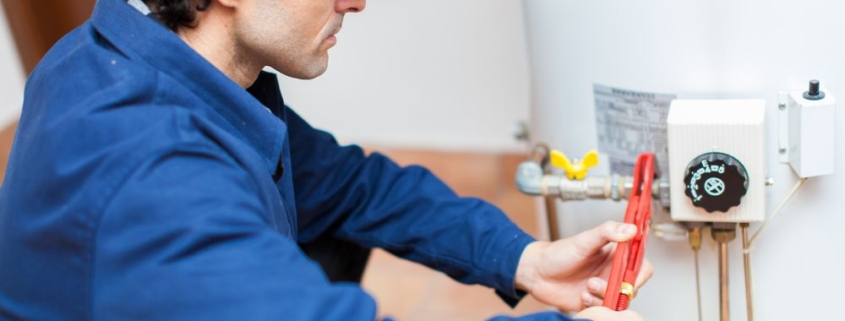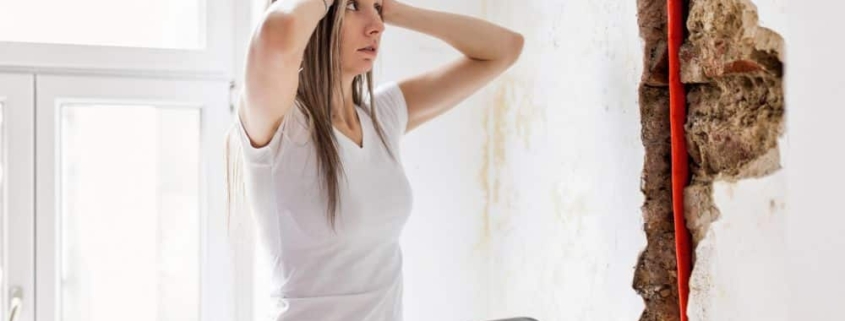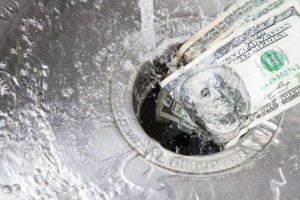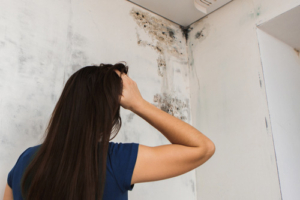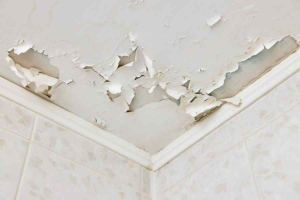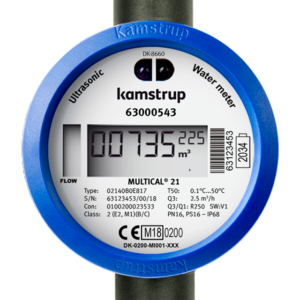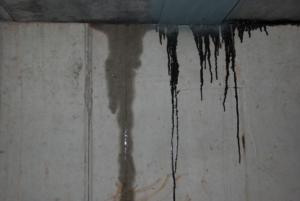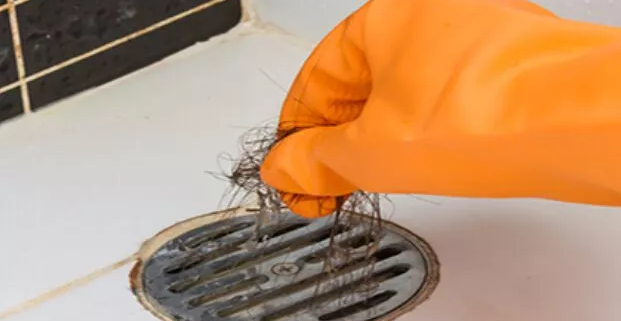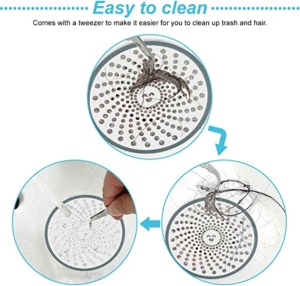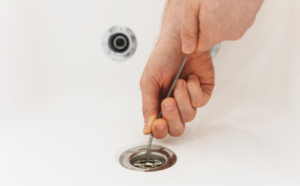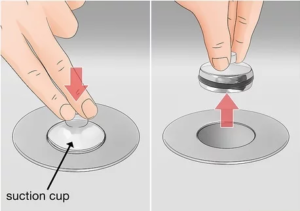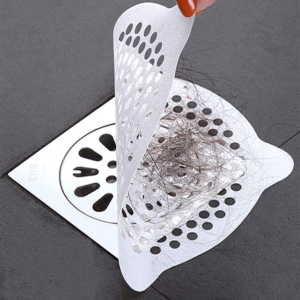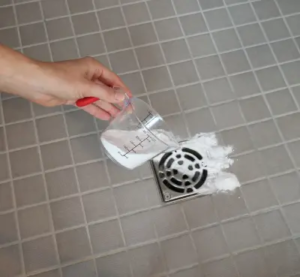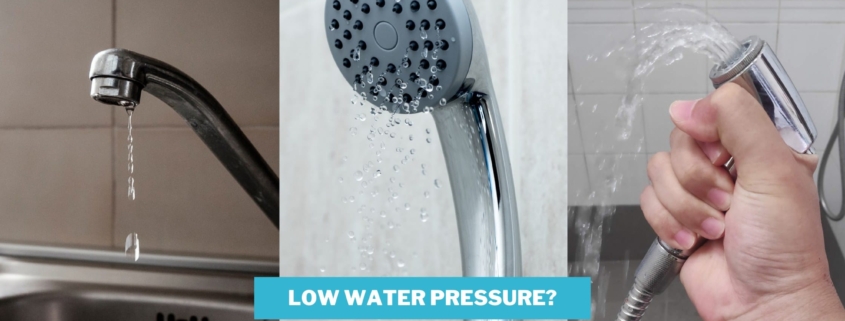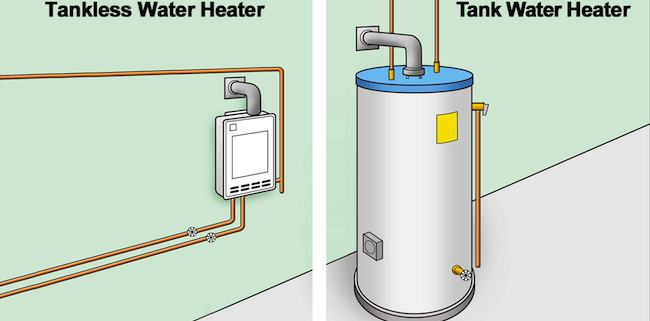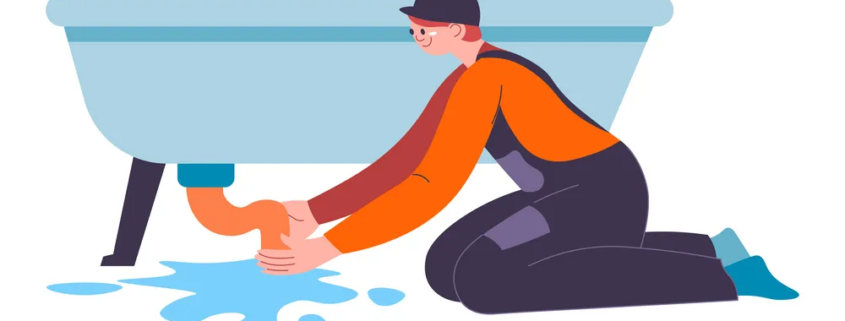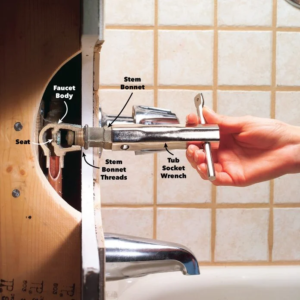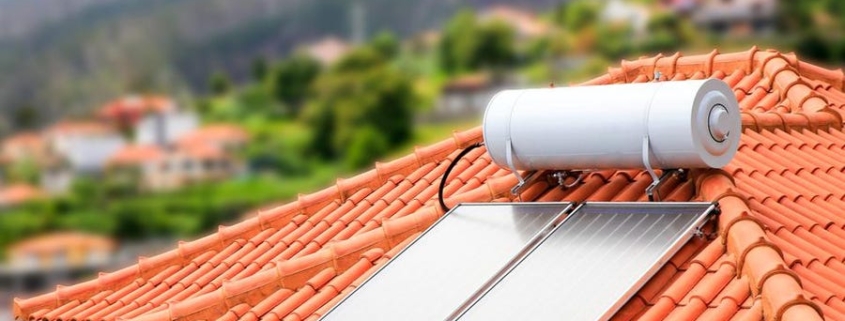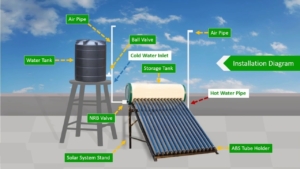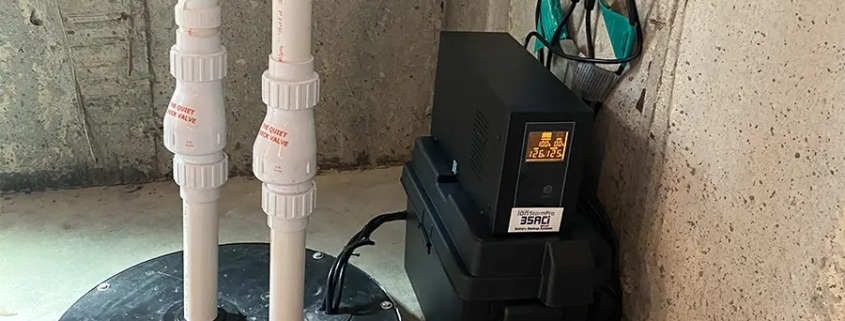All plumbing equipment ultimately ages or breaks down. Even that gorgeous, shiny kitchen or bathroom faucet that you adore may eventually start to leak or make loud squeaking noises. But how can you know whether to repair it or replace it when it breaks?
Understanding the basics of how a faucet functions is necessary to decide whether to repair or replace your faucet. This will help you decide whether to fix or replace your broken faucet. For instance, repair may be necessary if your faucet is dripping, creaking, or showing an inconsistent water flow. Yet, a replacement can be your best alternative if you’re observing a never-ending string of issues, excessive water bills, or if there is physical damage.
While there are situations when repairing your faucet is the best course of action, there are other situations when it simply isn’t possible to save it. These are several situations where a fix should be sufficient:
- Dripping: A frequently dripping or leaky faucet may typically be fixed with a straightforward fix. The dripping should stop if the loose parts are tightened or the worn-out parts are replaced. If an internal component is the source of the issue, it might be necessary to replace it.
- Defective Components: Possibly the handle is no longer functional. This can indicate that you need to completely replace your faucet.
- Unstable Faucet: A blocked aerator, the screen that covers the faucet’s tip, is most likely the cause of your faucet’s inability to create a pleasant stream of water.
- The Squeaky Handle: Frequently, greasing the squeaky faucet parts will solve loud handle problems. But, if greasing doesn’t work, it may indicate more serious problems, such as worn threads or a damaged valve stem, which would both necessitate replacement.
LOOKING FOR FAUCET & LEAK REPAIR IN ILLINOIS?CALL NOW (847) 624-3872
- Noises From Your Faucet: Depending on the issue at hand, faucets can make a range of different sounds. Whenever you hear any kind of sound, it means you either need to perform some little maintenance or there is a more serious issue. Screeching noises indicate that a worn rubber washer that has become harder with time needs to be replaced. This is a more challenging issue to resolve if you hear additional noises, such as a clanking or clicking, especially if the sound is coming from the faucet and not the pipes. It will be necessary to disassemble the faucet and look for any potential cracks in the component parts.
- Mineral and Rust Deposits: Two of the most frequent causes of faucet deterioration are rust and mineral deposits. It’s time to fix or replace your faucets if you spot one of these on their surface. Depending on the type of water entering your property, mineral deposits in particular can result in severe harm. Lemon juice and vinegar can be used to remove rust and hard water.
- Irregular Water Flow :If the pressure at your faucet varies between high and low, your aerator filter may be clogged or air may be developing in your water pipes. A plumber can typically resolve this issue without replacing your faucet.
Even if the repair is more difficult, it might be wise to get it done if your home is filled with expensive faucets. If you need assistance determining if salvaging the faucet is worthwhile given the cost-benefit ratio, consult a licensed plumber.
It would be wiser to replace the faucet if you realize that you are always spending money on repairs. On the other hand, if your faucet uses an excessive quantity of water and your water bills go up, it may be old and in need of replacement.
Occasionally the entire counter or sink needs to be replaced rather than just the faucet. When this occurs, you’ll frequently need to get a new faucet in order for it to look good with your new sink or countertop. Similar to this, if you’re remodeling your kitchen or bathroom, you could need to change your faucet.
Many people might not be aware that maintaining their faucet is an option rather than replacing it. Whenever any of the small components inside a faucet become worn out, they can all be replaced.
The pieces within will eventually wear out from being turned continually, so replace them as necessary. Also, maintain your faucet clean by regularly cleaning it with nonabrasive agents. Additionally, you ought to remove any hard water deposits.
LOOKING FOR FAUCET & LEAK REPAIR IN ILLINOIS?

